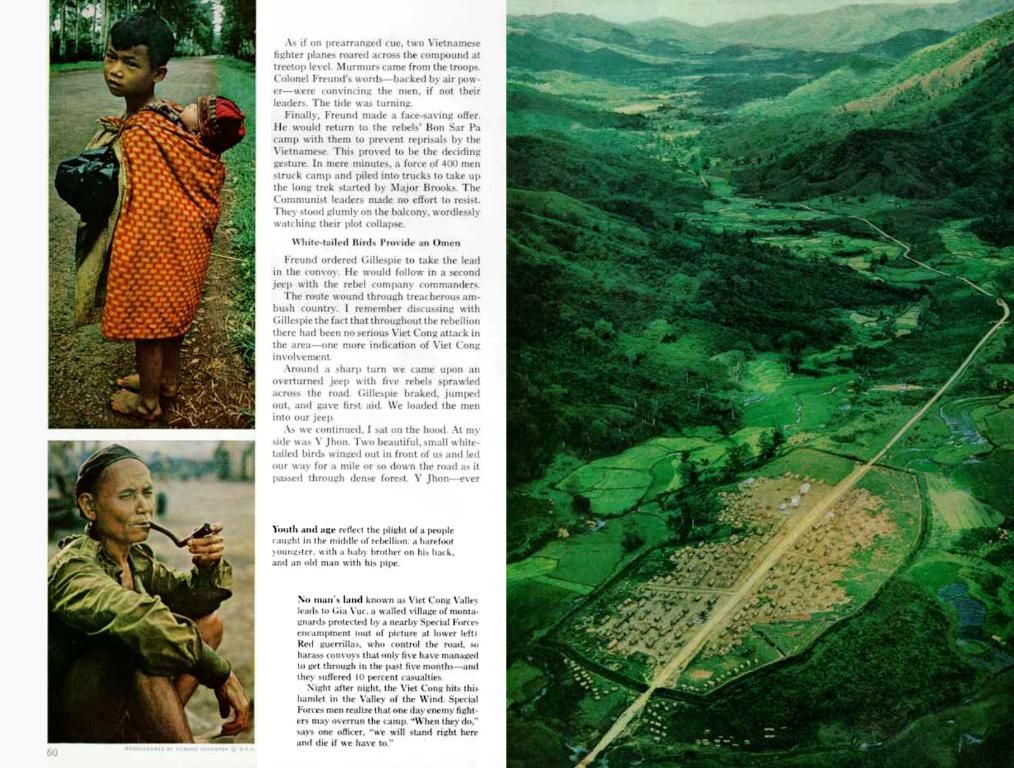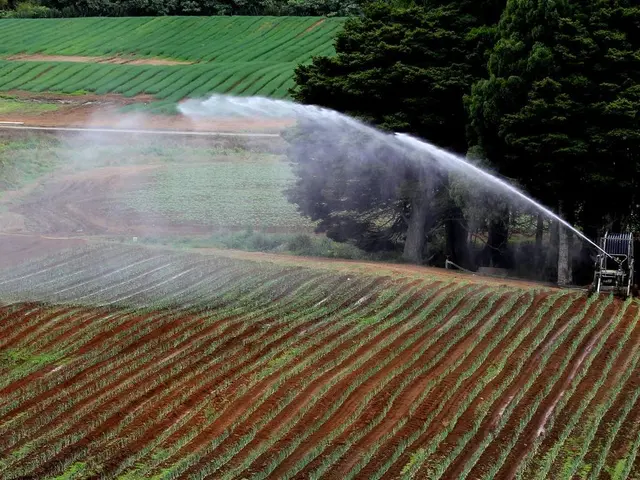Keeping Endangered Beasts Afloat: Thuringia's Game Plan
Ancient Pet Breeds Safeguarded in Thuringia: Preservation Efforts for Rare Pets - Thuringia maintains various ancient domestic animal breeds.
Thuringia, nestled in the heart of central Germany, is playing a vital role in safeguarding some of the world's rarest animal breeds. The Thuringian Forest, Rhön, and Leine are just a few of the regions harboring these precious species on the brink of extinction.
A total of 21 livestock breeds are under threat, according to Thuringia's Ministry of Agriculture. These include the Red Highlands, Gelbvieh, Coburg Fox sheep, White Mountain sheep, and the Saxon-Thuringian Heavy Warmblood horses, as well as the German saddleback pig.
Some populations hang by a thread due to the small number of breeders. A single breeder quitting could spell trouble. Antje Feldmann, managing director of the Society for the Conservation of Old or Endangered Domestic Animals, echoes this concern. She cited the Merino longwool sheep, predominantly found in Thuringia, as one such example.
Financial aid from the state to breeders plays a crucial part in maintaining endangered breeds. A yearly amount of between 270,000 and 320,000 euros is reserved for this purpose, with the reformed funding now carried out via the Thuringian Animal Welfare Directive. Support aims to cover costs and lost income for holders of rare breeds relative to widely used ones.
The Thuringian Forest goat is now thriving in almost all federal states, with an estimated 1,800 breeding animals. On the other hand, the Rhön sheep, with its distinctive dark head, is making a comeback, primarily due to landscape management efforts in the Rhön region.
Tourism also plays a part in preserving endangered breeds. For instance, horses are employed in forestry for timber transport and in tourism for carriage and wagon rides. The ministry, however, does not have population data on individual breeds as there's no central data source for tracking them.
A key concern is the potential loss of biodiversity if endangered breeds go extinct. Old breeds are essential for preserving diverse cultural landscapes like dry grasslands or orchards. Their genetic diversity serves as a buffer against future environmental challenges.
Emphasizing the importance of the state's conservation efforts, Feldmann expressed her appreciation but also stressed the need for consistent support and long-term security for breeders.
- Thuringia
- Thuringian Forest
- Rhoen
- Tourism
- Germany
- Livestock breeds
Involving external experts:
In addition to the base article, experts suggest that conservation efforts often involve two primary strategies. One is in situ conservation, which involves preserving endangered breeds in their natural habitats. Another is ex situ conservation, which is storing genetic material from endangered breeds in genetic banks or breeding centers[3].
Financial support plays a significant role in the conservation of these rare breeds. Governments and organizations can offer subsidies to farmers that help offset the costs associated with maintaining rare breeds. This, in turn, encourages conservation of these endangered livestock.
For those seeking more information about endangered livestock breeds in Thuringia and financial aid options, it's advisable to reach out to local agricultural or biodiversity conservation organizations found in the region.
- The Thuringian Forest, one of the regions in Thuringia, is home to endangered animal species.
- Tourism plays a part in preserving endangered livestock breeds in Thuringia, with some animals like horses being used for forestry work and tourism purposes.
- In addition to in-situ conservation, ex-situ conservation strategies, such as storing genetic material in genetic banks or breeding centers, can be employed to conserve endangered livestock breeds.
- Financial support from the state, like the subsidies offered to farmers in Thuringia, can significantly help in the conservation of endangered livestock breeds.
- A consumer's choice in lifestyle, such as food and fashion, can indirectly impact endangered livestock breeds since the demand for certain products may lead to the widespread farming of certain breeds over others.







